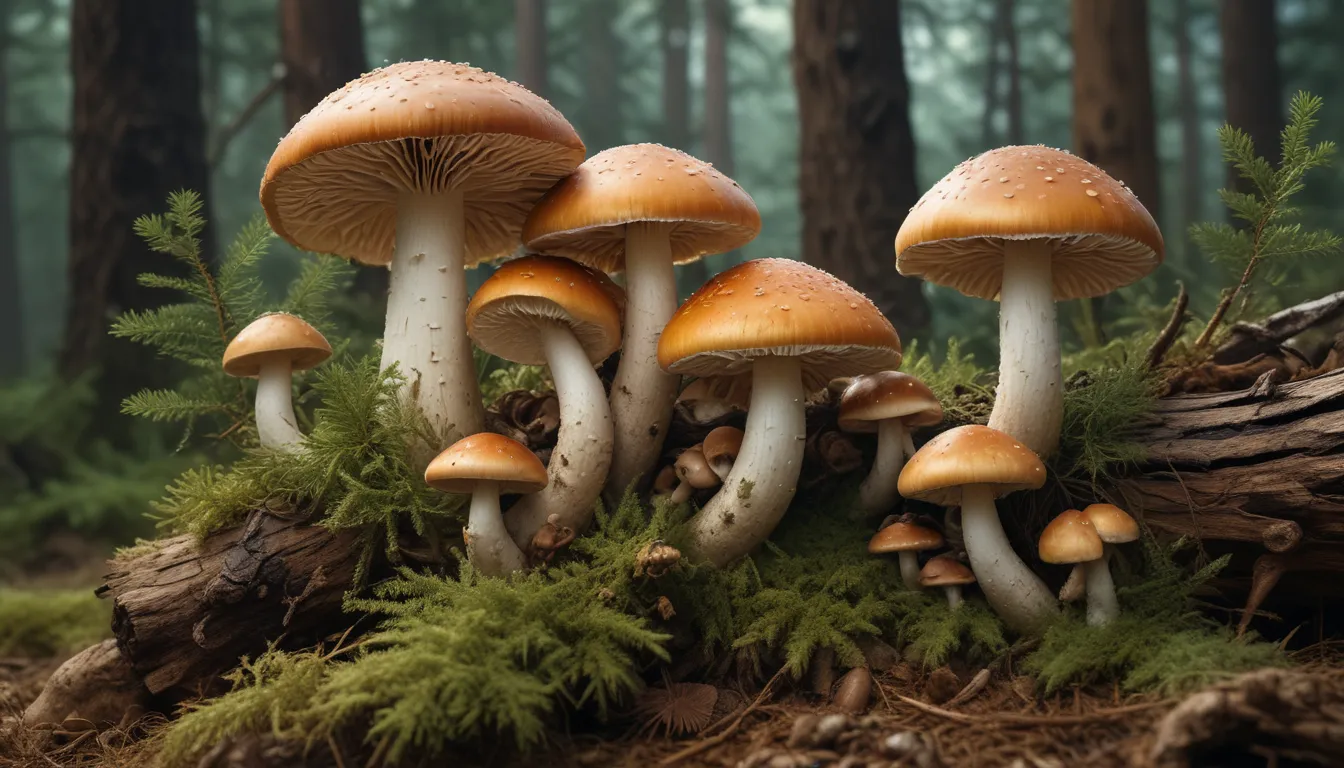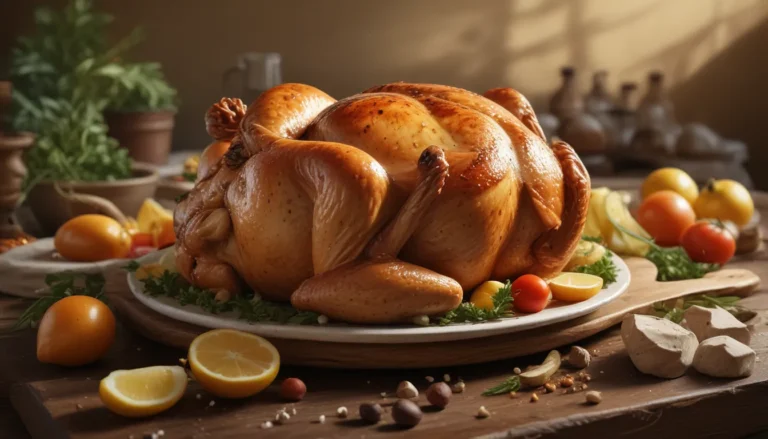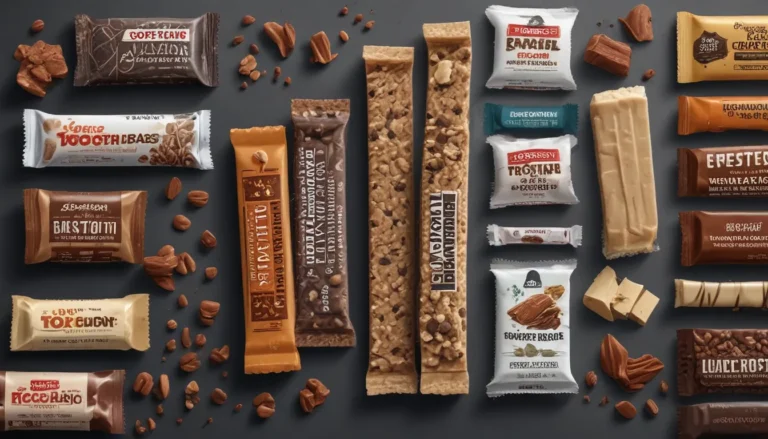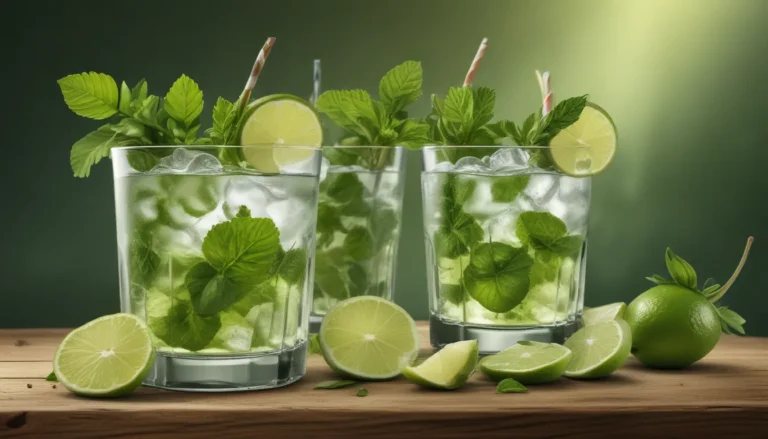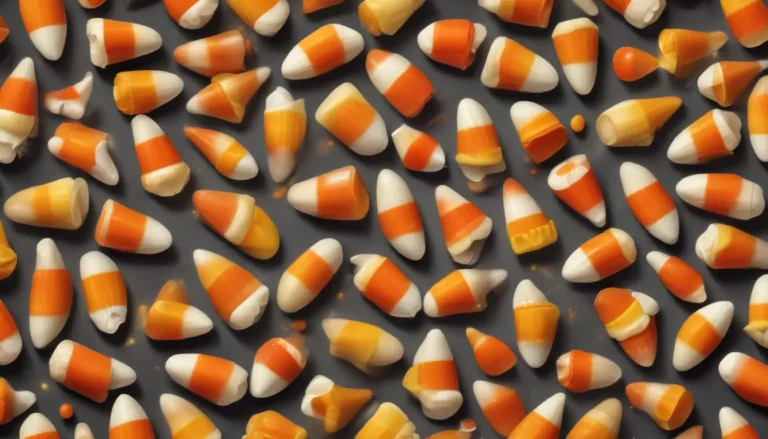The pictures in our articles might not always show exactly what the text is talking about. We use these images to make the article more interesting and eye-catching. They are there to add to the text, but not to replace it or show every detail.
Are you a curious foodie always on the lookout for new culinary adventures? Or perhaps you're simply fascinated by the mysteries of the natural world. In either case, pine mushrooms, also known as Matsutake mushrooms, are a hidden gem worth exploring. These unique fungi, scientifically known as Tricholoma matsutake, have been prized for centuries for their distinct flavor and aromatic qualities. Join us on a journey as we uncover 19 fascinating facts about pine mushrooms that will surely pique your interest.
The Marvels of Pine Mushrooms
Let's start with the basics - what exactly are pine mushrooms and why are they so special? These mushrooms, commonly found in coniferous forests, have a symbiotic relationship with pine trees. As a result, they are typically discovered in areas where pine trees are abundant. Pine mushrooms are known for their spicy and peppery flavor, with hints of cinnamon and nutmeg, making them a unique addition to any dish. Their aroma is equally impressive, combining earthiness with a subtle hint of pine, enhancing the overall sensory experience.
Delving Deeper: Facts and Insights
1. Harvest Season and Distribution
Pine mushrooms are usually harvested in the autumn season when they reach their peak. They can be found in various regions around the world, including North America, Europe, and Asia.
2. Appearance and Texture
These mushrooms have a distinct appearance with a reddish-brown cap, white or cream-colored gills, and a firm texture that holds up well in cooking.
3. Culinary Uses
Pine mushrooms are highly sought after in gourmet cuisine, especially in Japanese and Korean dishes. They are commonly used in soups, stews, rice dishes, and hot pot meals to add depth and flavor.
4. Medicinal Properties
In traditional medicine practices, pine mushrooms are believed to have various health benefits, including boosting the immune system and aiding digestion.
5. Preparation and Storage
Due to their seasonal availability, pine mushrooms are often dried and preserved for long-term storage while retaining their intense flavors. They can be enjoyed cooked in various dishes or even raw in salads.
Unraveling the Mysteries of Pine Mushrooms
Pine mushrooms are not only prized for their culinary delights but also for their rich nutritional profile. These mushrooms are a rich source of essential nutrients such as vitamins, minerals, and dietary fiber. Despite their relatively higher price due to limited availability, pine mushrooms are a flavorful and nutritious choice for those looking to add a touch of luxury to their meals.
Exploring Culinary Horizons and Health Benefits
Whether you're a seasoned chef looking to experiment with new ingredients or a health-conscious individual seeking nutritious options, pine mushrooms can offer a world of possibilities. Their unique and earthy flavor profile makes them a versatile ingredient in a wide range of recipes, from soups to stir-fries and even sushi. Additionally, pine mushrooms boast numerous health benefits, including antioxidant properties, immune support, anti-inflammatory effects, and potential contributions to heart health and improved digestion.
Frequently Asked Questions
- What are pine mushrooms?
-
Pine mushrooms, also known as Matsutake mushrooms, are edible fungi that grow in symbiosis with pine trees.
-
Where are pine mushrooms found?
-
These mushrooms are predominantly found in coniferous forests across Asia, North America, and Europe.
-
How do pine mushrooms taste?
-
Pine mushrooms have a distinct and robust flavor characterized by earthy, spicy, and slightly sweet undertones.
-
Are pine mushrooms expensive?
-
Yes, pine mushrooms are considered a gourmet ingredient and can be quite pricey due to their limited availability.
-
Are pine mushrooms nutrient-rich?
-
Absolutely! Pine mushrooms are packed with essential nutrients, including vitamins B and C, potassium, copper, and selenium.
-
Can pine mushrooms be used in various recipes?
-
Yes, pine mushrooms are incredibly versatile and can be used in a variety of culinary preparations.
-
Do pine mushrooms have any health benefits?
-
Yes, pine mushrooms are known for their various health benefits, including antioxidant properties, immune support, and anti-inflammatory effects.
-
Are pine mushrooms easy to find in grocery stores?
-
Pine mushrooms are not as readily available in most grocery stores, but specialty markets and online suppliers may carry them during the harvest season.
-
Can pine mushrooms be foraged in the wild?
-
Yes, pine mushrooms can be foraged, but it's important to have proper knowledge to differentiate them from similar-looking mushrooms.
-
How should pine mushrooms be stored?
- Pine mushrooms are best stored in a paper bag or wrapped in a damp cloth in the refrigerator to maintain freshness.
Embracing the World of Pine Mushrooms
In conclusion, pine mushrooms, also known as Matsutake mushrooms, offer a delightful culinary experience packed with flavor, aroma, and health benefits. Whether you're looking to elevate your cooking skills or enhance your well-being, pine mushrooms are a versatile and nutritious choice. So, why not embark on a culinary adventure with pine mushrooms and immerse yourself in the wonders of these remarkable fungi?
We hope this guide has sparked your curiosity and inspired you to explore the world of pine mushrooms further. Remember, the key to culinary success lies in creativity, experimentation, and a willingness to embrace new flavors and ingredients. Happy cooking!
